When the head suffers an impact or gets jarred, the brain is also jarred and can be concussed. The most important question to ask is …
How bad is it?
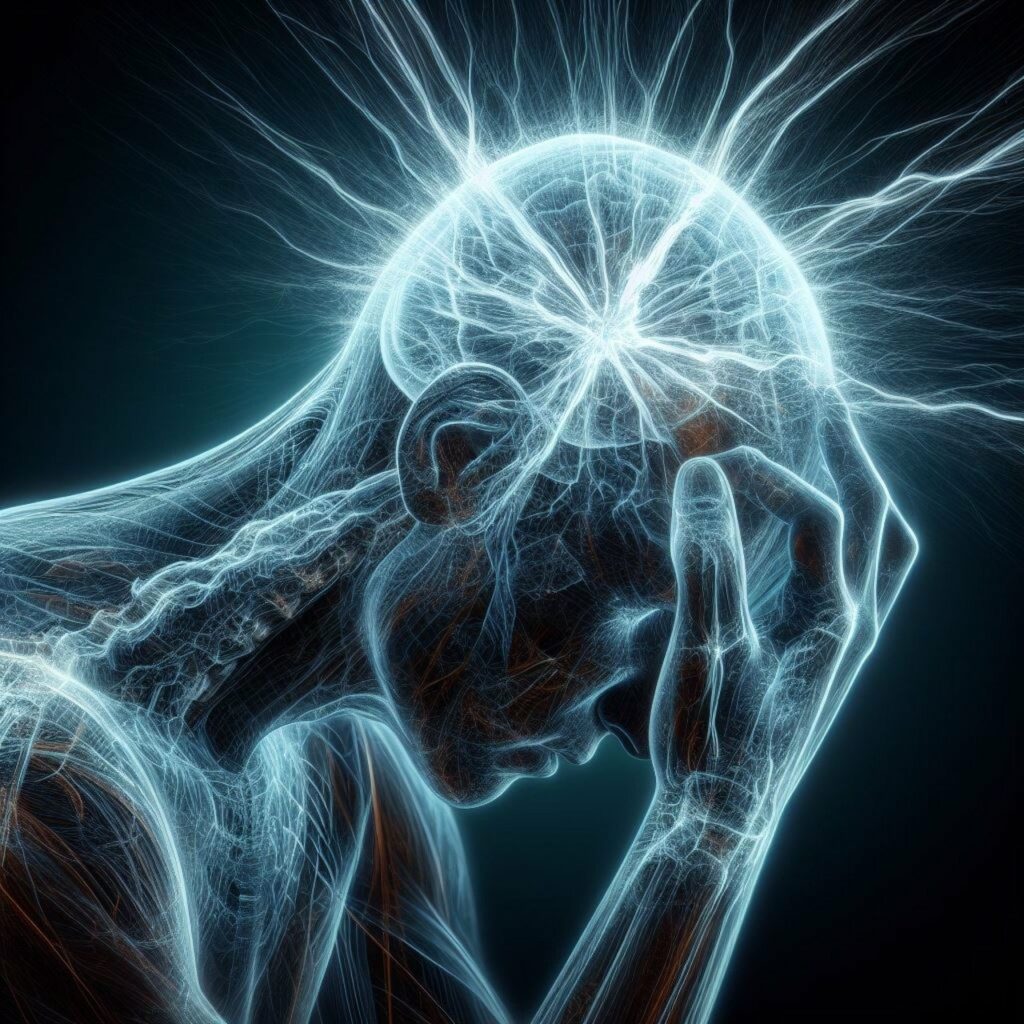
Assessing brain injuries is done in two parts; 1) evaluating subjective symptoms and 2) testing for objective physical findings.
Part 1: Assess Symptoms
… describe the severity of brain injury related symptoms.
STEP 1 – Document Your Symptoms
Symptoms of a brain injury are divided into three categories: physical, cognitive and emotional.

Physical Symptoms: (Rate the severity on a 1 -10 scale)
Headache
Nausea / Vomiting
Dizziness / Balance problems
Visual problems
Fatigue
Sensitivity to Light
Sensitivity to Noise
Numbness / Tingling

Cognitive Symptoms: (Rate the severity on a 1 -10 scale)
Brain Fog
Feeling slowed down
Difficulty concentrating
Difficulty remembering
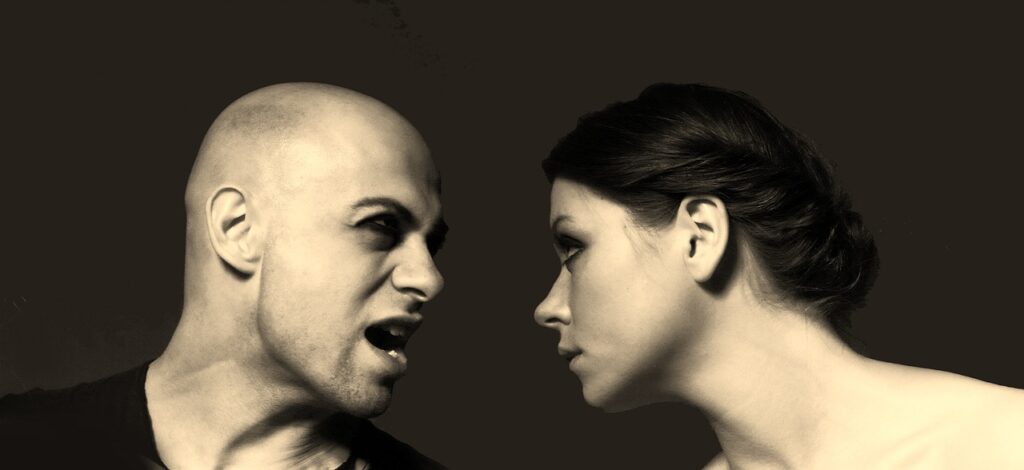
Emotional Symptoms: (Rate the severity on a 1 -10 scale)
Irritability / Anger
Sadness / Depression
More Emotional / Sensitive
Nervousness / Anxiety
Acute Concussion Evaluation
…is an innovative assessment tool that can be used for the evaluation of people who have a known or suspected concussion or mild TBI. Click below to download the ACE form.
STEP 2 – Assess Sleep Status
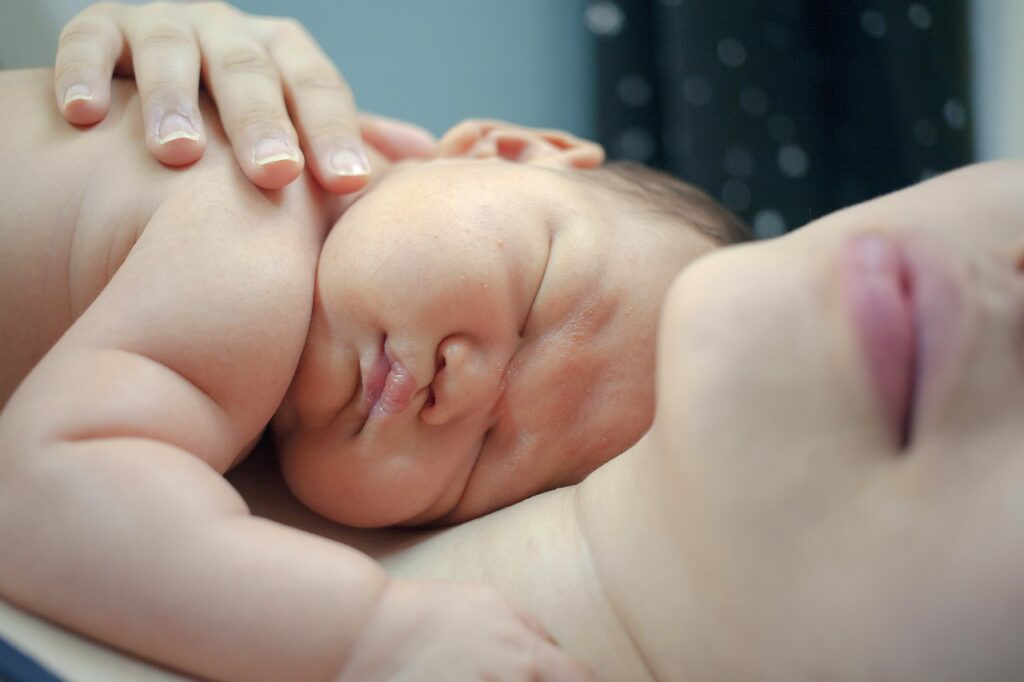
Insomnia Symptoms: (Rate the severity on a 1 -10 scale)
Drowsy
Difficulty falling asleep
Difficulty staying asleep
Sleeping more than usual
Sleeping less than usual
Insomnia Severity Index
… assessment tool with psychometric indicators to detect insomnia cases and evaluate treatment response.
STEP 3 – Assess Dizziness Status
Evaluate the impact of dizziness on daily life by measuring self-perceived handicap.
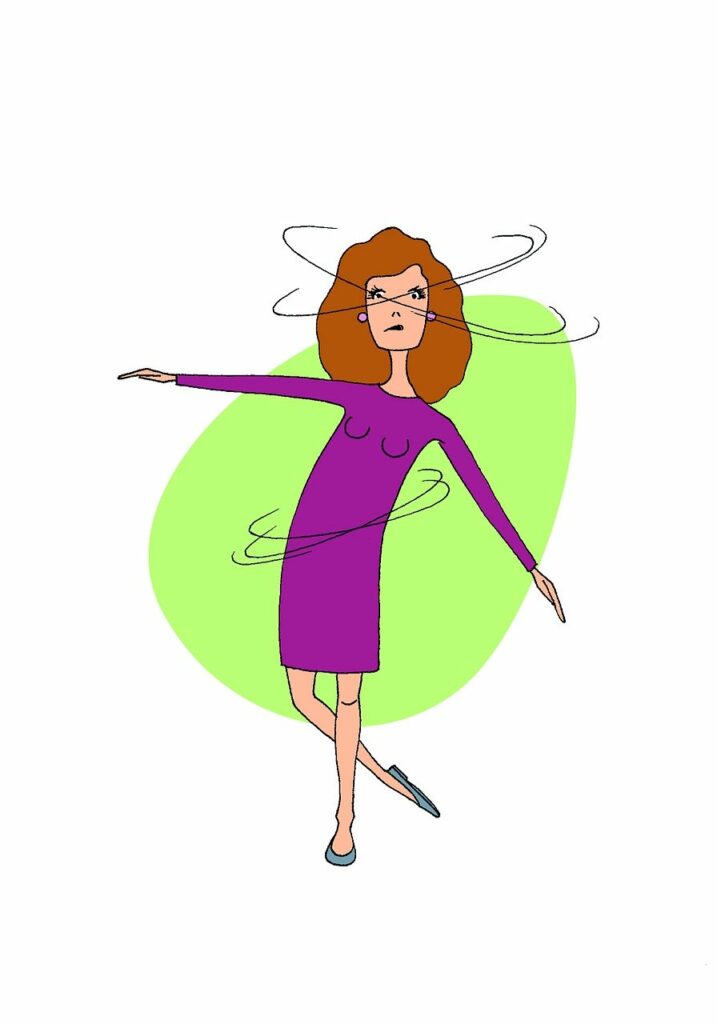
Dizziness Problems: (Rate the severity on a 1 -10 scale)
Does dizziness increase with head or body movement?
Does dizziness affect your social life?
Does dizziness affect your physical mobility?
Does dizziness restrict your travels?
Does dizziness interfere with your job and/or household responsibilities?
Does dizziness affect your emotional state?
Does dizziness affect your relationships?
Dizziness Handicap Inventory
… questionnaire to identify the difficulties that you may be experiencing due to dizziness or unsteadiness problems.
https://www.apta.org/contentassets/da3829b6f2b84d849045be88c880c654/dizzinesshandicapinventory.pdf
STEP 4 – Assess Anxiety Status
Evaluate the severity of anxiety by measuring the impact on daily life.

Anxiety Concerns: (Rate the severity on a 1 -10 scale)
Are you nervous, anxious or worrying too much?
Are you restless / trouble relaxing?
Are you easily angered or annoyed?
Are you fearful?
Generalized Anxiety Disorder (GAD – 7)
a self-reported questionnaire for screening and severity measuring of generalized anxiety disorder. Screens three other common anxiety disorders – panic disorder, social anxiety disorder and post-traumatic stress disorder.
https://www.uclahealth.org/sites/default/files/documents/GAD-7%202020.pdf
Part 2: Assess Concussion Signs
… evaluating the objective physical signs of brain injuries.
Cranial nerve testing is helpful in monitoring for the progression or worsening of neurologic processes.
TEST 1 – Vestibular Ocular Response [VOR]
… evaluate eye coordination and your balance in response to a challenging task.
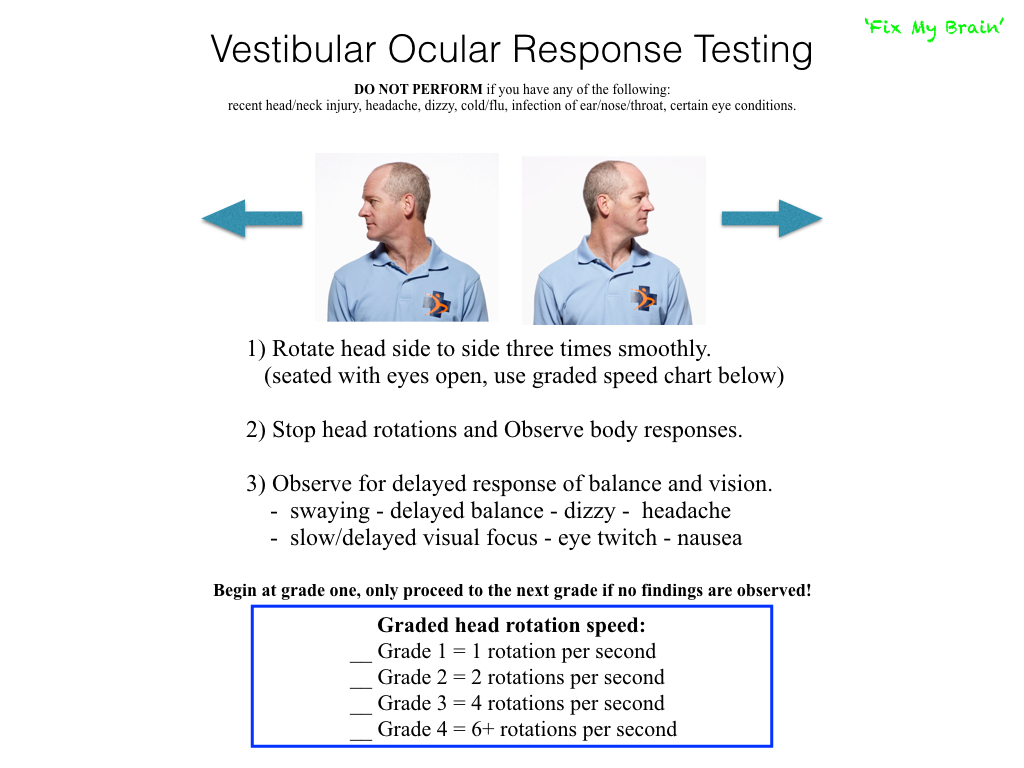
DO NOT PERFORM if you have any of the following: recent head/neck injury, headache, dizzy, cold/flu, infection of ear/nose/throat, certain eye conditions.
Evaluation Procedure:
1) While seated, Rotate head side to side 3 times smoothly. (keep eyes open, use graded head rotation speed chart below)
2) Stop head rotations.
– Does your body sway? Are your eyes slow to re-focus?
3) Circle all observations experienced during testing:
– sway/poor balance – dizzy – headache
– slow/delayed visual focus – eye twitch – nausea
Graded head rotation speed: (Begin at grade one, proceed to the next grade when no findings are observed.)
Grade 1 = 1 rotation per second Grade 2 = 2 rotations per second Grade 3 = 4 rotations per second Grade 4 = 6+ rotations per second
VOR test 2024Download
<Insert link to video file: VOR perform.mov>
TEST 2 – The Bite Test [Cranial Nerve 5]
… evaluate for a loss of strength of the jaw muscles on one side versus the other.

Physical Exam: (Rate the strength on a 1 -5 scale)
Clench the jaw tight on one side (use a popsicle stick if needed) to evaluate the power of the jaw muscles (called the Masseter muscle). Compare the strength to the other side of the jaw. The strength should be relatively even on both sides. The weak side indicates a possible issue with the 5th cranial nerve.
TEST 3 – The Cheek Puff Test [Cranial Nerve 7]
… evaluate for a loss of strength of the cheek muscles on one side versus the other.
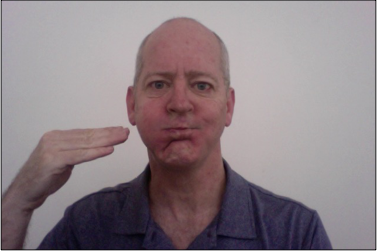
Physical Exam: (Rate the strength on a 1 -5 scale)
Puff the cheek out on one side. Push with your fingers to evaluate the power of the cheek muscles. Compare the strength to the other side of the face. The strength should be relatively even on both sides. The weak side indicates a possible issue with the 7th cranial nerve.
TEST 4 – The Uvula Test [Cranial Nerves 9 & 10]
… evaluate for a loss of strength of the muscles that elevate the uvula. (Uvula = the little fleshy hanging ball in the back of your throat)
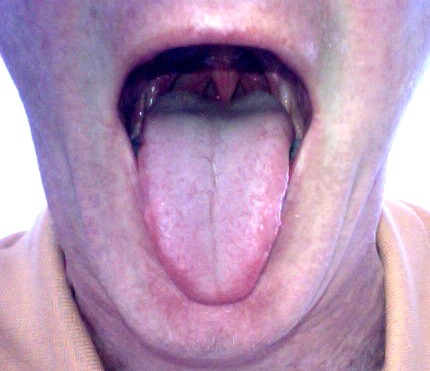
Physical Exam: (Rate the strength on a 1 -5 scale)
Use a mirror to visualize the movement of the uvula. Open the mouth and say, “Aah.” Determine whether the palate elevates symmetrically and the uvula remains in the midline. If weakness is present, the uvula will lift away from the weak side.
TEST 5 – The Tongue Test [Cranial Nerve 12]
… evaluate for a loss of strength of the muscles that control the tongue.

Physical Exam: (Rate the strength on a 1 -5 scale)
Press the tongue against each cheek while providing resistance to the cheek. Compare the strength on each side. They should have even strength.
TEST 6 – Basic Eye Function Test [Cranial Nerves 3, 4 & 6]
… evaluate for weakness of the muscles that control eye movements.
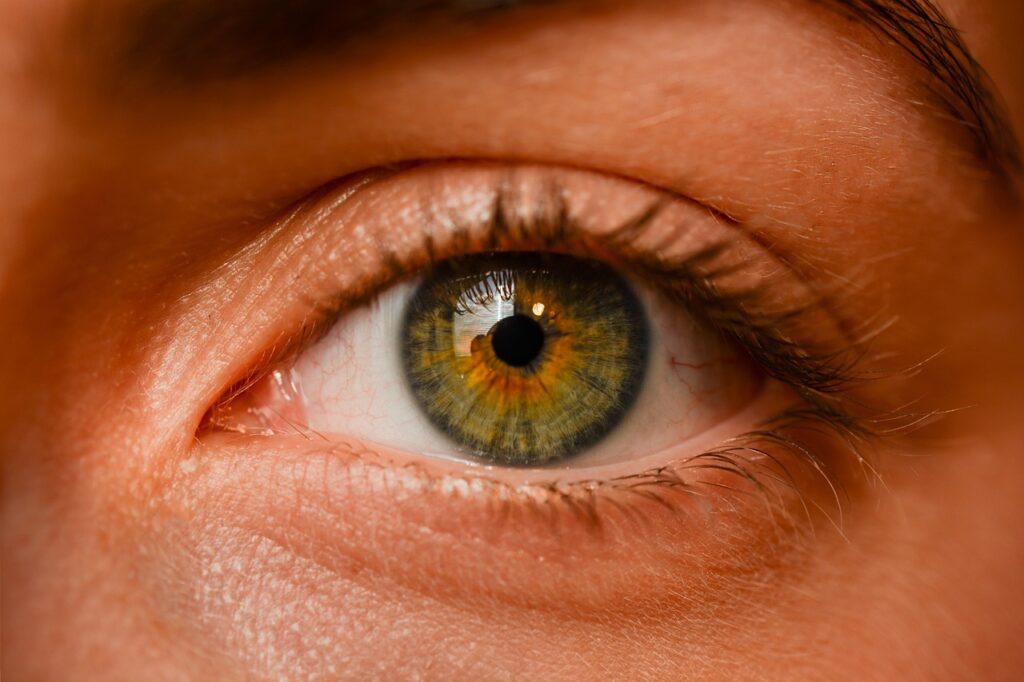
Physical Exam: (Rate the strength on a 1 -5 scale)
Part 1 – Without moving the head, look to the left for three seconds and evaluate for any strain. Compare the difficulty by looking to the right for three seconds. They should be relatively even on both sides.
Part 2 – Without moving the head, look upward for three seconds and evaluate for any strain. Compare the difficulty by looking downward for three seconds. They should be relatively even on both sides.
TEST 7 – The Jaw Function Test
… evaluate for a loss of strength of the muscles that control jaw movements.

Physical Exam: (Rate the strength on a 1 -5 scale)
Without moving the head, shift the jaw to each side looking for weakness, clicking or popping. Without moving the head, jut the jaw forward looking for weakness, clicking or popping. Without moving the head, open the jaw as wide as possible looking for the jaw to shift to one side, weakness, clicking or popping.